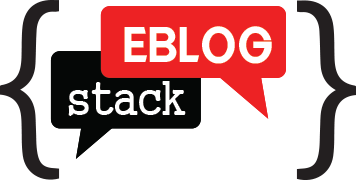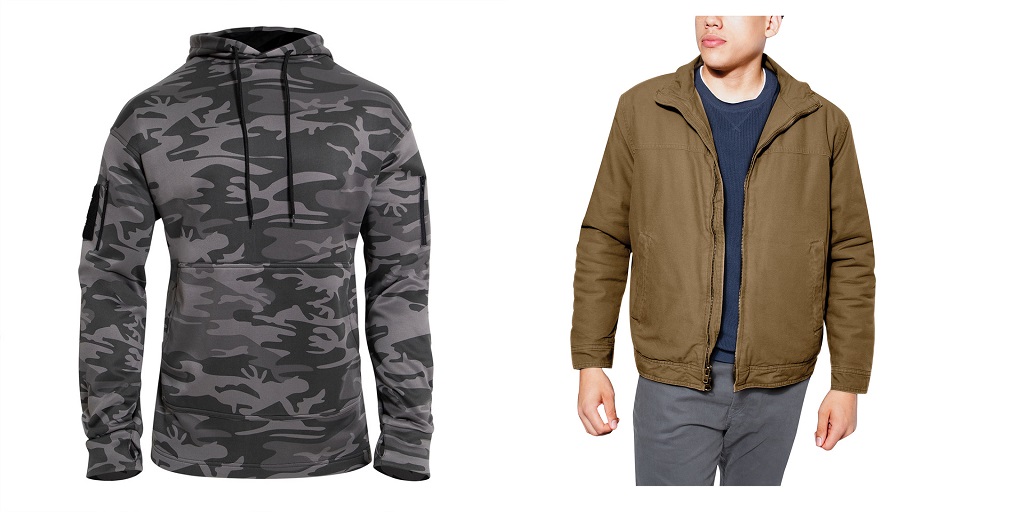Regardless of what you carry, how you carry can impact your readiness, accessibility, concealment, and how you should train.
This short post will take a look at two common carry disciplines, both of which can be commonly practiced with a quality concealed carry jacket.
Inside Waistband Carry AKA IWB
IWB does not necessarily require a concealed carry jacket, though a jacket can help cover the holster on your belt and help prevent printing.
There are numerous benefits of IWB carry as compared to other disciplines. The greatest one is accessibility. Your gun will remain within easy reach, even if you are pressed up against a wall or chest down on the ground.
Draw speed is another solid factor to consider here, and most agree that IWB is one of the best ways to carry if you want to be able to draw very quickly.
Another advantage of IWB carry is that it is quick, and when you draw, you won’t (or at least you shouldn’t) unintentionally muzzle yourself or any other unintended targets.
These are some of the strongest advantages of IWB carry, but at the same time it is not without its limitations.
It’s not the most comfortable with larger, heavier handguns, as they will weigh down your belt. There is also always the chance that a larger gun will print.
Cross-Draw AKA Shoulder Carry
Cross-draw, also known as shoulder carry, is a relatively popular alternative to IWB carry, especially for a concealed PDW.
One of the most attractive aspects of shoulder carry is that it is much more practical with a larger, heavier handgun. Under a concealed carry jacket, there is very little chance that even a full-sized handgun or a large revolver will print. This makes shoulder carry tops for discretion.
Shoulder carry is also more comfortable, or at least most practitioners agree, regardless of the size of the handgun, because the holsters are better at balancing and distributing the weight.
When you practice shoulder carry, there will also be no interference from your belt, and you will likely be able to draw more quickly when sitting down.
All of this being said, there are some limitations to shoulder carry. One is that you can unintentionally muzzle unintended targets when drawing if you are not careful. The other is that if you are against a wall or the ground, drawing will be difficult if not impossible.
Shoulder carry is also generally not accepted to be as fast as some other carry methods, such as IWB, so consider that.
Ultimately, however, if you carry a larger gun and value comfort, shoulder carry can be a viable option.
Here for a New Concealed Carry Jacket?
In the event you landed here looking for a concealed carry jacket, here are a few things you should consider:
- Get a jacket that’s neither too light nor too heavy. Ideally you want one roomy enough for layering in the winter for extra warmth, but which is light enough to wear through the other three seasons.
- Don’t get a concealed carry jacket with buttons. They are not quick enough; zippers are faster and enable easier access to your gun.
- You’re in for a dollar if you’re in for a dime; pay more, get better quality from your concealed carry jacket.
- Extra pockets are a plus, as you may need room for spare magazines, or other EDC essentials.
You should also remember that you are not limited to either IWB or shoulder carry if you intend to carry concealed for self defense – those are just two of the options explored by this article.



